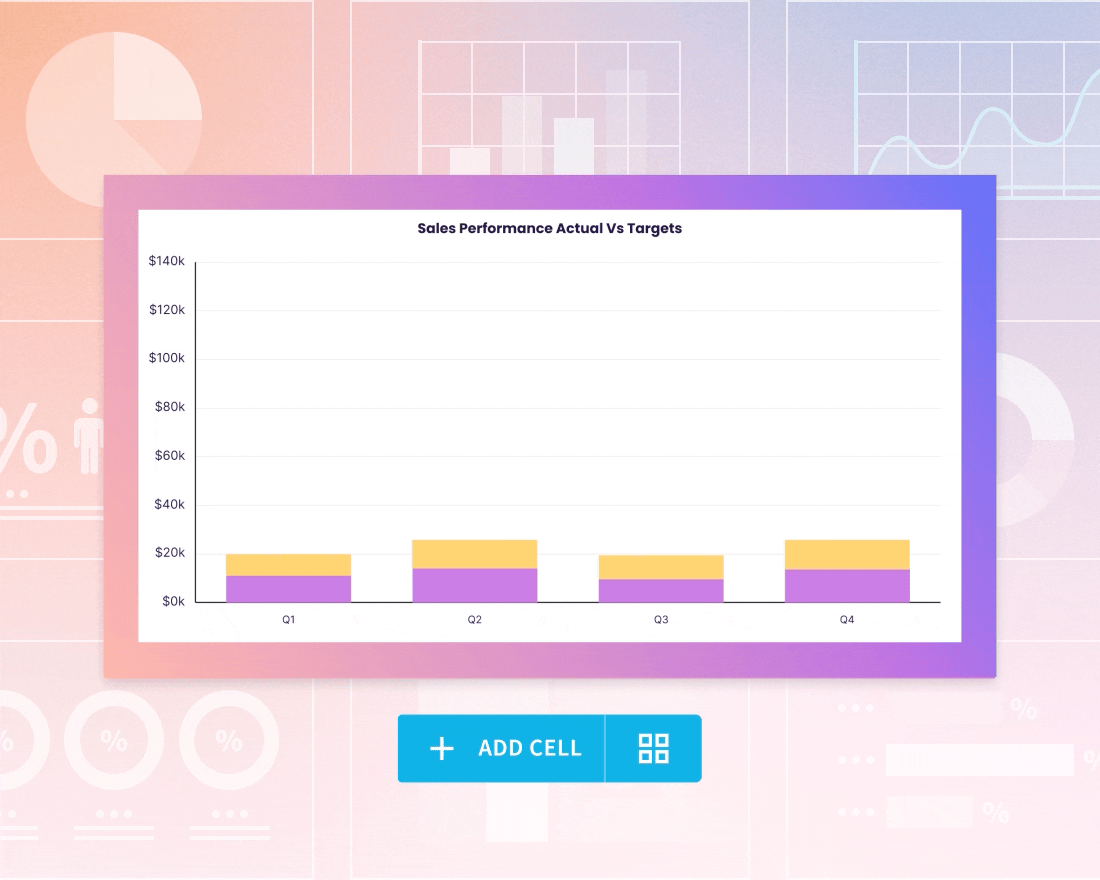
Without customers, there is no business. That’s a given. Still, customer acquisition can be costly, which makes it all the more important for brands to retain the customers they have. But customer retention isn’t a single step at the end of the sales process or a task designated to a specific team. Effective customer retention must be interwoven with practically every aspect of the customer journey.
What is customer retention, and why is customer retention important? Customer retention can hold different meanings to various business operations. To an overall organization, it could be a metric indicating how many customers continue doing business with the company over periods of time. In marketing, customer retention is an ongoing process that involves engaging existing customers so they continue to purchase products and services from a business.
Retaining existing customers not only costs as much as five times less than acquiring new ones, but the tactic also leads to more sales. In fact, the probability of closing a deal with an existing customer can be at least 40% more likely than the chances of converting a new customer.
Hoping to boost customer retention within your organization but unsure where to start? Don’t wait for your customer success team to do all the hard work! Instead, try some of the following effective customer retention strategies:
1. Increase empathy
Listening to customers will take you far in any business environment. People want to feel important, and they award their loyalty to brands that show them empathy. Listening to customers’ concerns will increase retention, even if you can’t deliver on all of their requests. Plus, by listening to customers, you’ll be collecting valuable feedback that can improve other customer experiences.
2. Offer gifts and discounts
Customers want to feel appreciated, and everybody loves to score a deal. Brands can demonstrate customer appreciation by offering loyal clients surprise gifts, referral programs, and discounts. These awards could be in the form of an online coupon code for a product they regularly purchase or a new item they might want to try. Be sure and deliver these gifts with personalized messages that thank the customers for their loyalty.
3. Deliver superior customer service
The days when the customer is always right might be in the past, but that doesn’t mean providing outstanding customer service isn’t an integral part of a retention strategy. Be sure what you consider excellent customer service matches up with your customers’ perceptions by asking for feedback. After all, according to a 2017 study, about 75% of organizations think they are customer-centric, but only 30% of customers agree.
4. Survey customers
How do you know if your customers are impressed with your customer service? How can you correct issues and improve retention if you don’t know what those issues are? Customer surveys serve as a useful tool when collecting and responding to customer feedback. Send customers short online surveys, and you can gain better insights into what tactics are effective and what retention strategies need improvement. Surveys also offer an excellent opportunity to gather useful customer data.
5. Onboard new clients
Onboarding and educating new customers about a brand’s products and culture can inspire loyalty from the earliest interactions and create a partnership that results in a long-time customer journey. Don’t overwhelm new customers with reading about business philosophies and technical specifications. Instead, present the information in an engaging format, such as video tutorials and interactive visual presentations like those designed with Beautiful.ai and other PowerPoint-alternative software tools.
6. Gamify customer loyalty
There’s a good reason it seems like practically every successful brand boasts its own customer loyalty program. Gamification is a highly effective customer retention strategy. Give customers a fun and exciting reason to stick with a brand for the long haul. Reward them for making additional purchases, and offer them goals and milestones that can earn even more prizes and discounts.
7. Personalize customer experiences
Customers can spot ingenuine sentiment from a mile away, so it’s important to personalize engagement with them. Collect customer data by establishing a mailing list or a newsletter subscription, then use that data to personalize marketing communication efforts. Customer experiences can be customized based on demographics like birthdate, age and location, as well as on behaviors like recent purchases or website visits.
8. Build long-term relationships
Don’t look at customers as individual purchases, but instead consider the long-term relationship that might be formed. Customers are most likely to show loyalty toward brands they trust and respect, so it’s never too early to start inspiring those sentiments. You can start building long-term customer relationships from the very beginning of the customer journey with a combination of retention strategies, including onboarding and education, outstanding customer service and personalized communications.




.png)


.jpg)